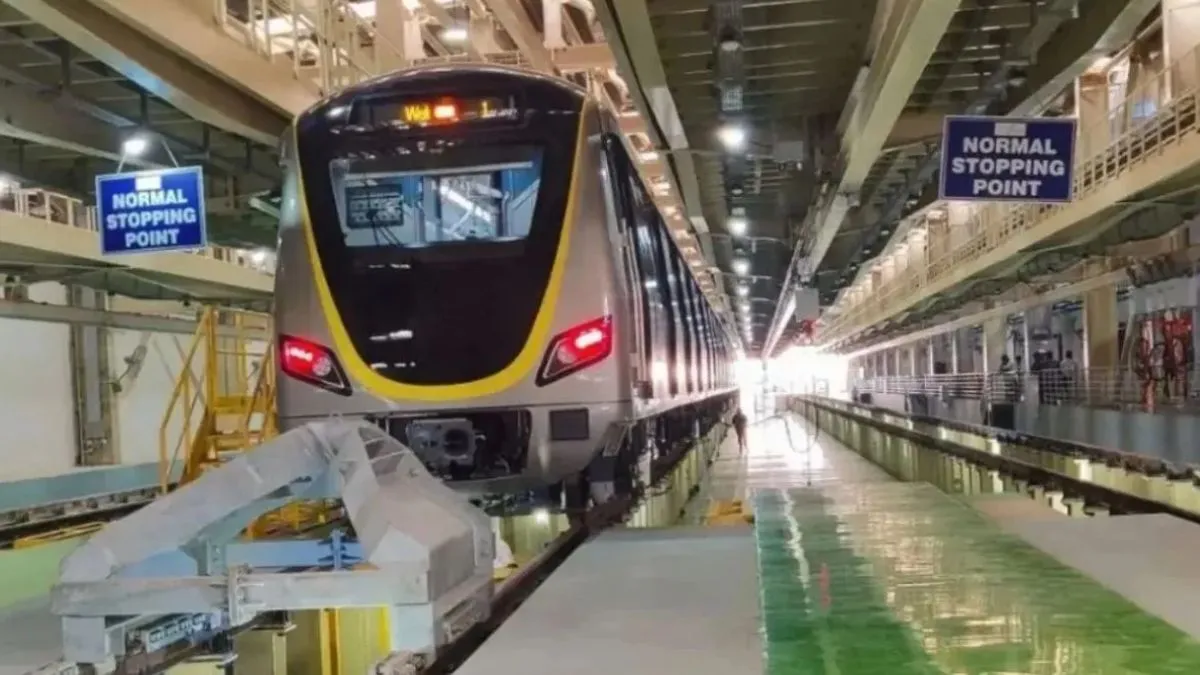- By Aditya Jha
- Wed, 22 Oct 2025 10:55 PM (IST)
- Source:JND
Bengaluru Namma Metro Update: The Bangalore Metro Rail Corporation Limited (BMRCL) has reportedly stated that the much-awaited Pink Line is likely to begin its operation in May 2026. The authority stated that the 21-kilometer-long metro line will provide convenience to thousands of commuters by significantly cutting the travel time and reducing the traffic congestion. The Pink Line will boost the regional connectivity and financial activities as it will pass through some of the key regions of the capital city of Karnataka. The BMRCL also stated that several metro expansion projects will be announced in the upcoming months to improve the connectivity.
While providing details, the authority stated that the metro line will connect Kalena Agrahara and Tavarekere via a 2.5-kilometer elevated section and a 13.76-kilometer underground route. The BMRCL also stated that the metro route will pass through several key stations, including Kalena Agrahara, Hulimavu, IIM-Bangalore, J P Nagar 4th Phase, Jayadeva, and Tavarekere. Apart from this, the Pink Line will also connect to other metro corridors to provide convenience to the commuters.
ALSO READ: Jharkhand Govt Begins Process To Open NDPS Police Stations In Five Districts To Curb Narcotics Trade
Earlier on Tuesday, the BMRCL informed the Karnataka government that the metro line between Bengaluru and Hosur is technically not feasible. The remarks from the metro authority have ended the possibility of South India's first interstate metro line. Tamil Nadu had proposed a metro line between the two key cities to boost the connectivity and financial activities between the two states.
However, after studying the ongoing Namma Metro's expansion plans and proposed line, the BMRCL stated that the ambitious metro line will not be technically feasible. The BMRCL has been preparing feasibility reports for the proposed expansion plans and new lines after the centre asked the authority to expand the city's metro network to 470 km to boost the regional connectivity.

